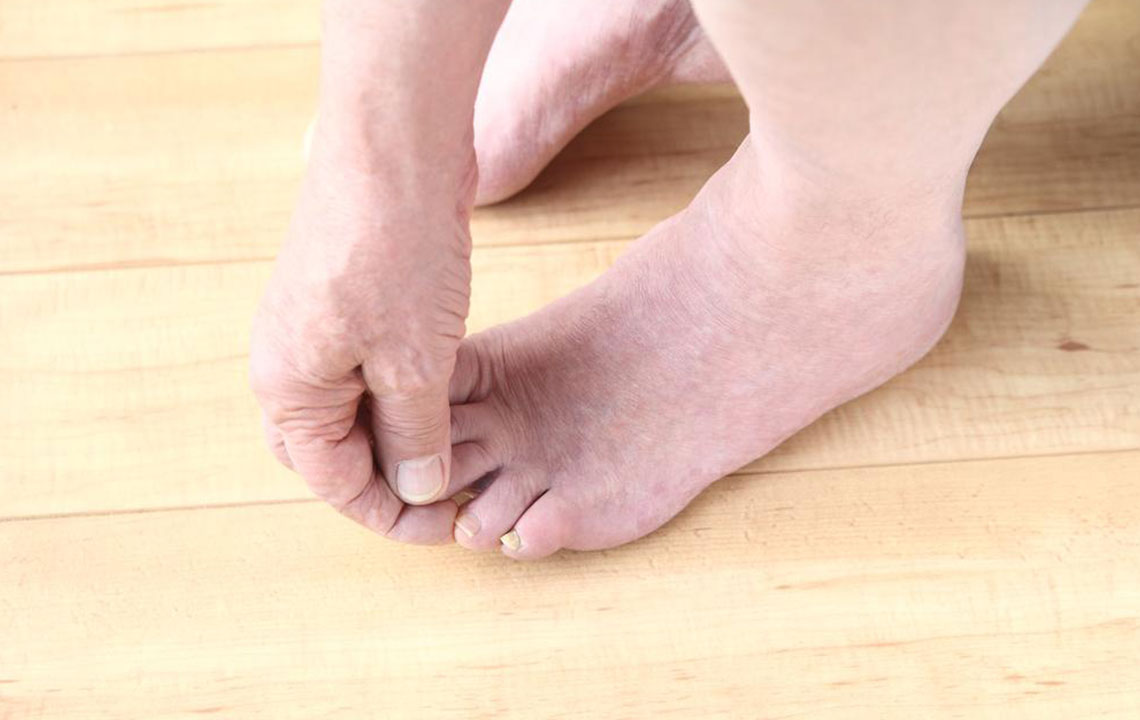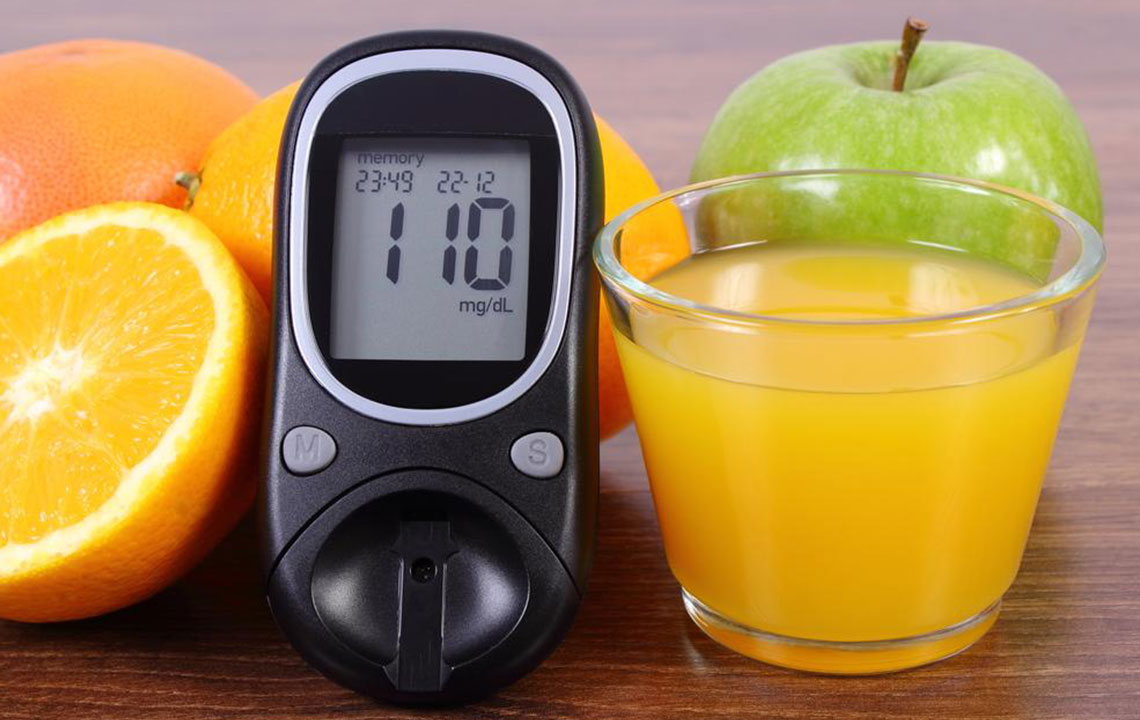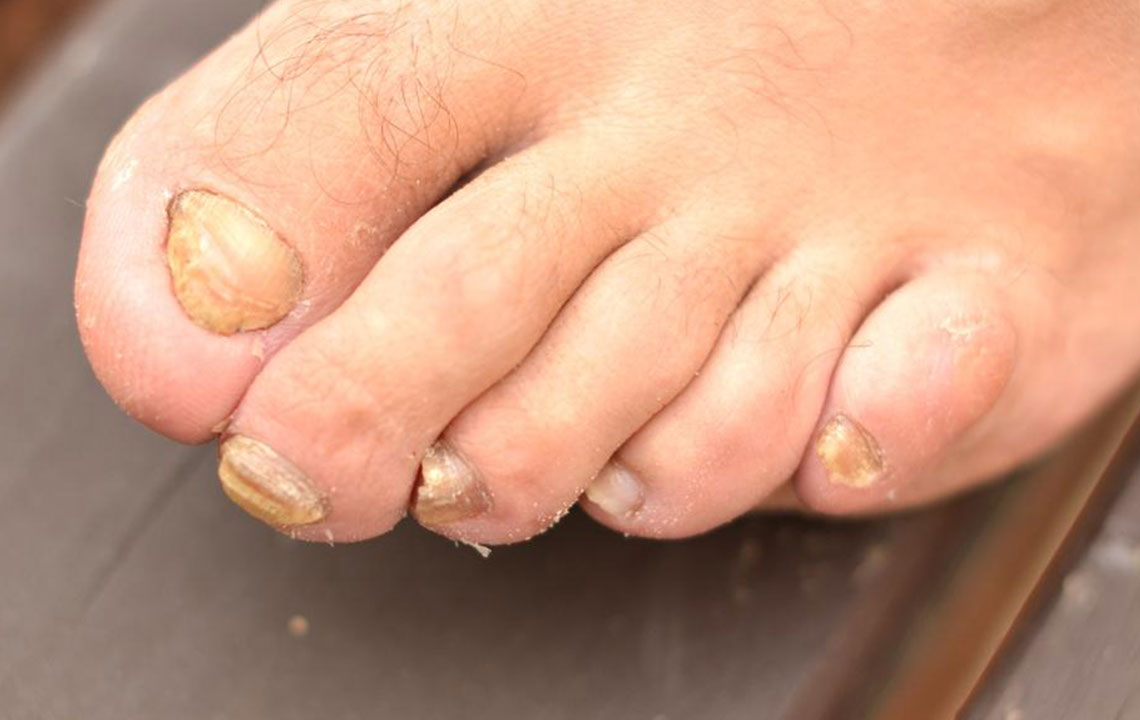
Symptoms
Lupus Skin Rash – Symptoms and Treatment
Lupus Skin Rash is a disease which causes inflammation, flare-ups and has several other symptoms. The improper functioning of the immune system damages the skin tissue and results in flare-ups. The symptoms of lupus skin rash start in the early adulthood from the age of thirty and worsen as the age progresses. Studies reveal the occurrence of lupus is high among women as compared to men. Lupus skin rash affects people in different ways. Some of them suffer from mild symptoms while other could have a severe problem. The disease can’t be cured permanently, however, treatment can reduce the intensity of pain. Common symptoms of lupus skin rash The main symptoms which characterize the lupus skin rash are fever, rash, hair fall, fatigue, kidney infections, and inflammation in joints, dried mouth, thyroid troubles and gastrointestinal dysfunction. Nail problems: You may have discolored and brittle nails due to lupus. The nails may crack and fall anytime. At times red spots are formed in the nail bed due to the inflammation of the blood vessels. Joint pain: Pain in the wrists, fingers, limbs, and knees are the initial signs of lupus. You can even suffer from muscular pain, which causes inflammation. Fever:












